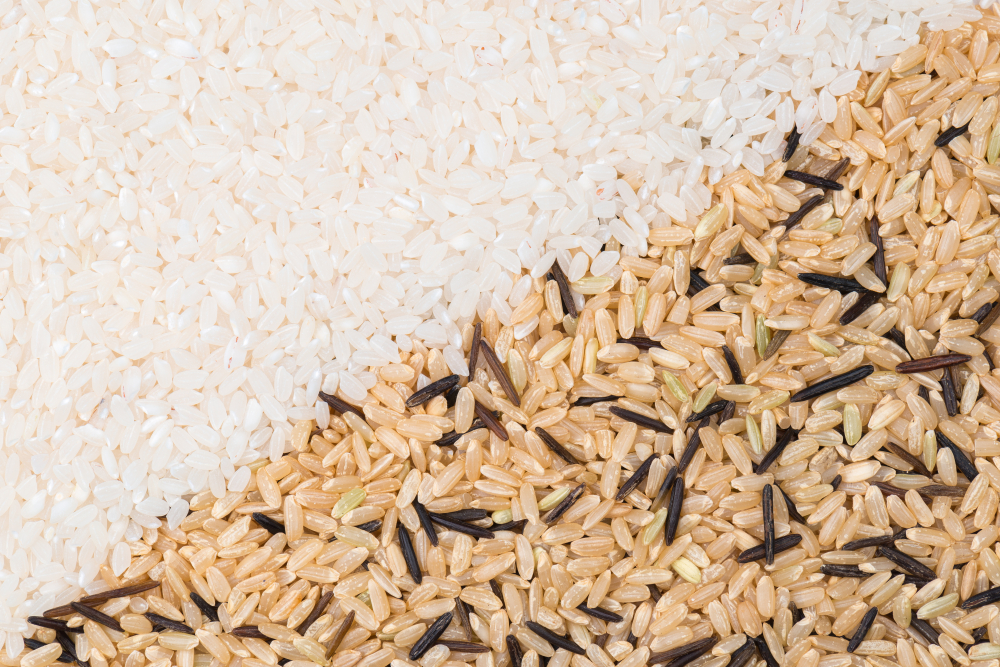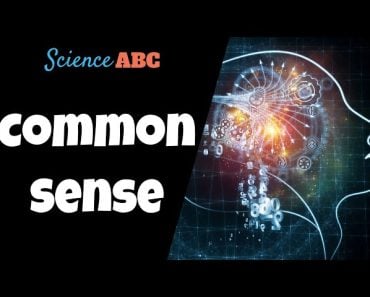Table of Contents (click to expand)
The demand for inferior and luxury goods does not necessarily fall when prices rise. The Law of Demand fails for these types of goods!
Common sense logic suggests that when the price of a good falls, buyers flock to buy that good and vice-versa. Therefore, it can be said that the quantity demanded and the price of a good are inversely related. This is known as the Law of Demand in the world of economics.

The Laws of Supply and Demand work together to ensure that the market attains an equilibrium price for any good. This means that based on the different prices prevalent in the market, one price is attainable for any good. This equilibrium or obtainable price is reached when the price at which a buyer is willing to purchase a good is equal to the price the seller is willing to sell that good.
Recommended Video for you:
Does The Law Of Demand Apply To All The Goods Humans Use?
This inverse relationship between price and quantity demanded applies to most goods, but there are a few exceptions to this Law. Before delving into them, we need to understand that economists have classified goods broadly based on their nature. They are generally of the following types: normal goods, inferior goods and luxury goods.
Normal goods refer to the majority of goods consumed by people, such as clothing, food staples, household appliances, and other necessary goods. As the income of individuals rises, the demand for normal goods also tends to rise. Inferior goods, on the other hand, refer to goods that are in less demand as income rises.
Usually, inferior goods are associated with a particular socioeconomic class possessing lower personal incomes. Inferior goods can also be seen as affordable substitutes for normal goods.

Luxury goods are similar to normal goods; demand for them increases as income rises. However, there is a slight difference between normal and luxury goods. Normal goods like staples and appliances are necessary to survive, but luxury goods include an element of desire and are associated with acquiring a status symbol. Therefore, the more expensive a luxury item, the higher the demand is for that good.
These definitions are not watertight and must be contextually applied. For instance, let’s take the example of rice. Imagine that rice is part of a staple diet in a country, as is true in most Asian countries. Now, polished branded organic basmati rice is a luxury or a normal good, depending on the grade and the brand that sells it. However, when unpolished and unbranded, that basmati rice is considered an inferior good!
Why Are Inferior And Luxury Goods Purchased Even When Prices Rise?
Inferior goods, also known as Giffen goods, were named after the Scottish economist Sir Robert Griffin. These are goods that consumers will continue to purchase even if the prices rise, as they are essential and usually represent the bare minimum goods that are required for survival.
Another way to look at these goods is that if prices are rising for all goods in the economy, even if prices of inferior goods are rising, the demand for them will still increase. Basically, if the prices of inferior goods are rising, then the prices of normal goods are likely rising even higher. Thus, if the incomes of the majority of people are affected by inflation (rising prices), inferior goods become suitable substitutes.

Luxury goods, also known as Veblen goods in economics, were named after the Norwegian-American economist Thorstein Veblen. Veblen goods are associated with conspicuous consumption. The high price is directly associated with higher quality, exclusivity and prestige by those consumers who demand it. Designer watches, handbags, shoes, belts, cars, and jewelry are intended to showcase the consumer’s wealth and status in society. When you think about it, these are all normal goods if you remove the designer aspect, but they are actively sought for purposes of vanity and status.
Inferior and luxury goods do not adhere to the Law of Demand for separate reasons. The demand curve for both these types of goods is upward sloping, unlike the standard demand curve that we draw for normal goods. Both types of goods violate the Law of Demand. The critical distinction between the two types of goods is that while Giffen goods are inferior goods of low quality with no close substitutes, Veblen goods are luxury goods of high quality that are demanded solely because of their high prices.

Conclusion
The Law of Demand operates with a set of exceptions based on the nature of goods. Other factors equally affect the quantity demanded of goods, such as income, the price of substitutes, tastes and consumer preferences. Inferior goods and Luxury goods are exceptions to this Law.
The quantity demanded of inferior goods will rise as incomes fall, despite any potential price increases. In contrast, the quantity demanded of luxury goods will rise as incomes rises. Luxury goods are also highly demanded because their prices are high, and are associated with a desire to belong to a certain socioeconomic class or endorse their status through these goods. Inferior goods experience consistent demand because there is no cheaper alternative to that particular commodity, which also happens to be essential to the consumer’s survival.












